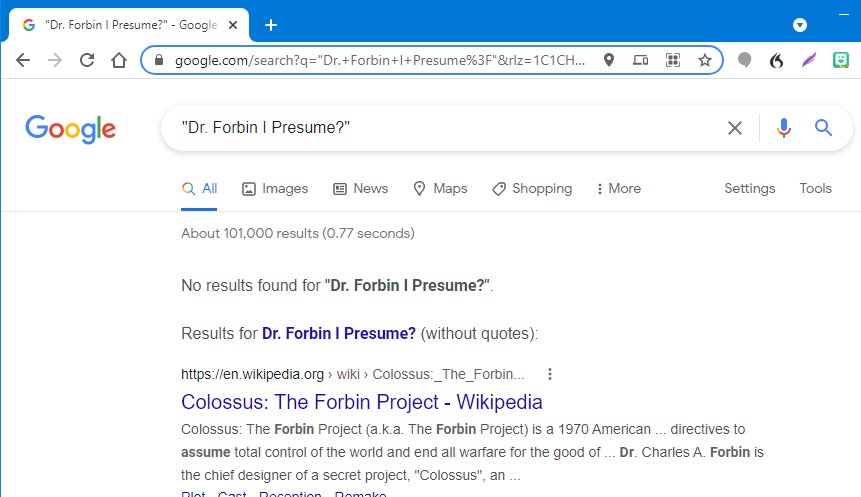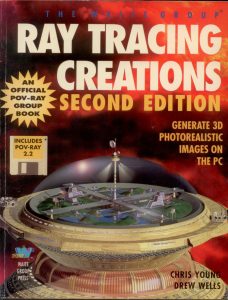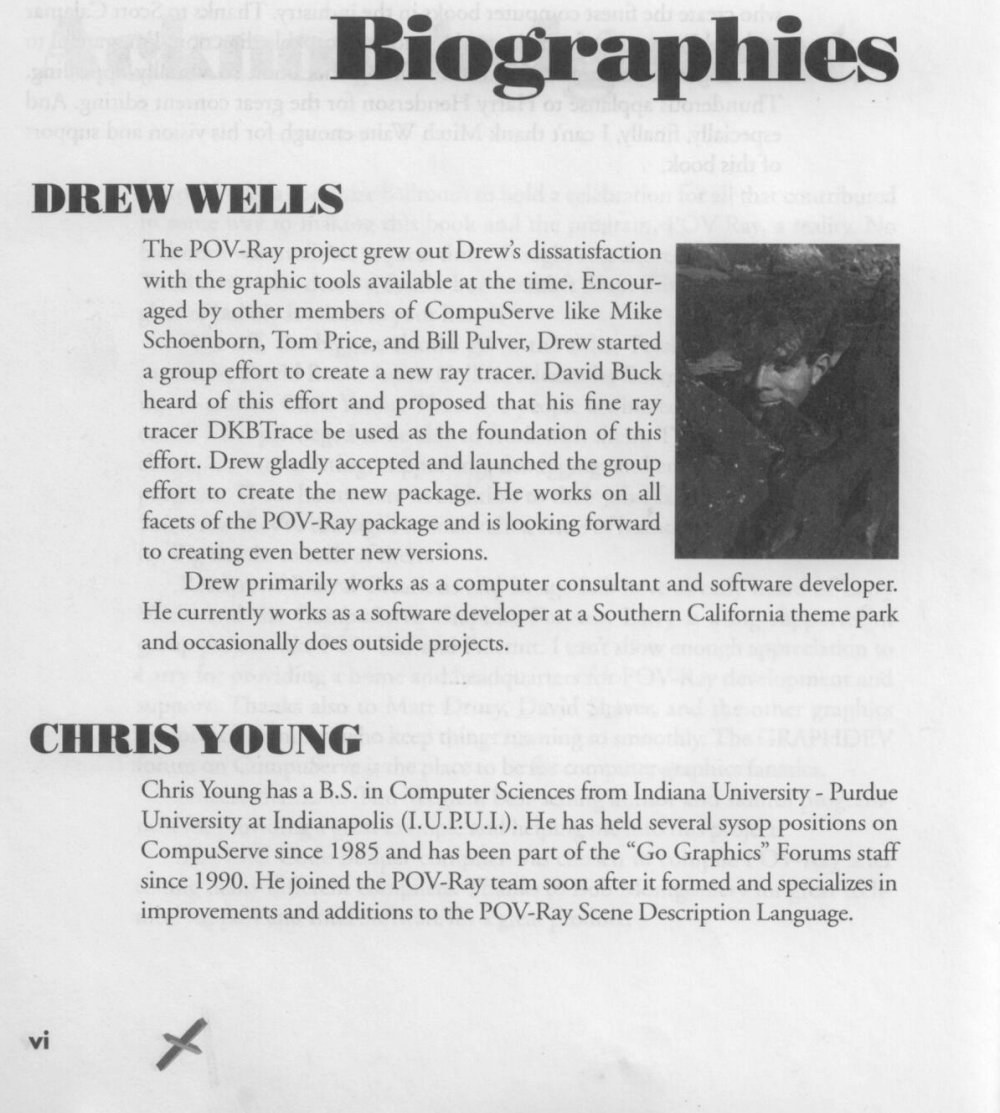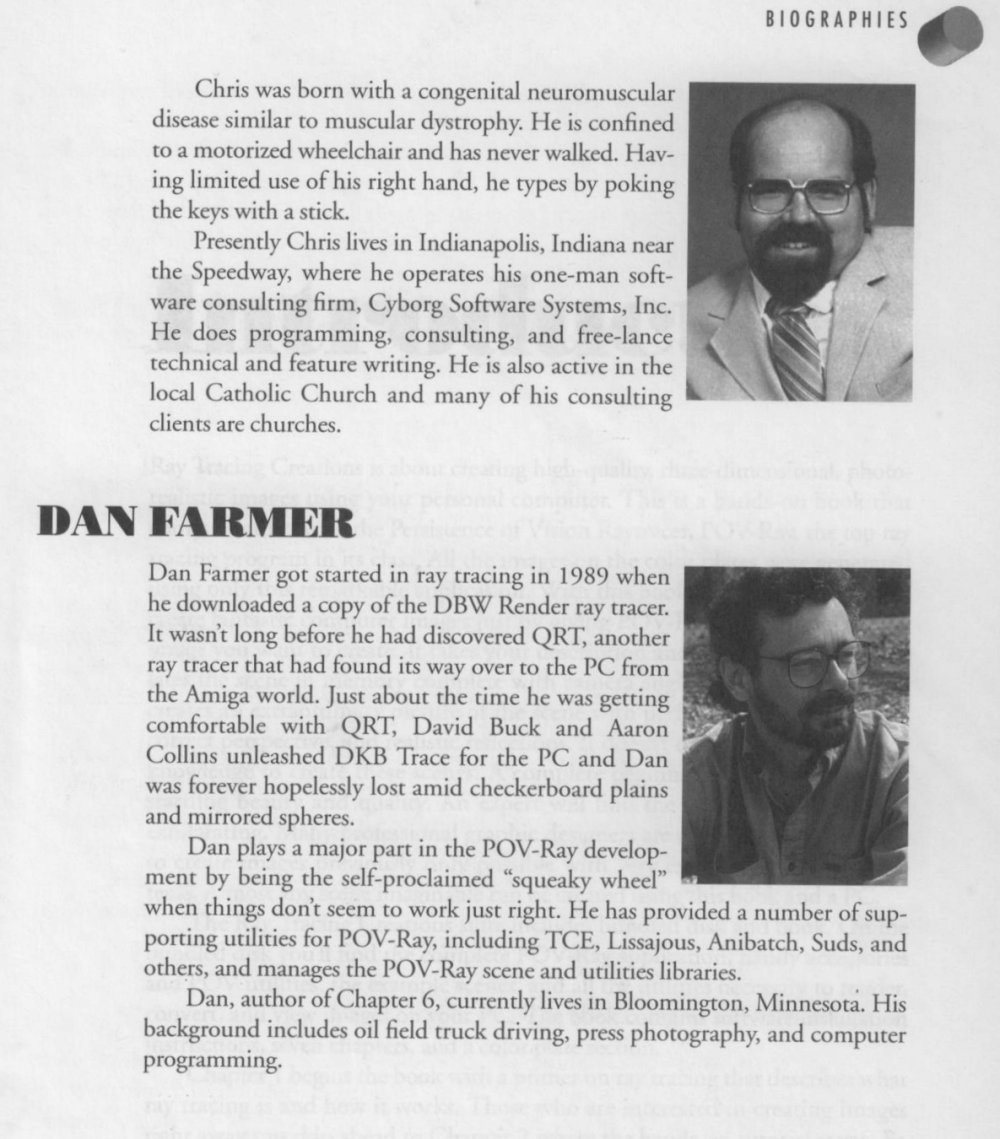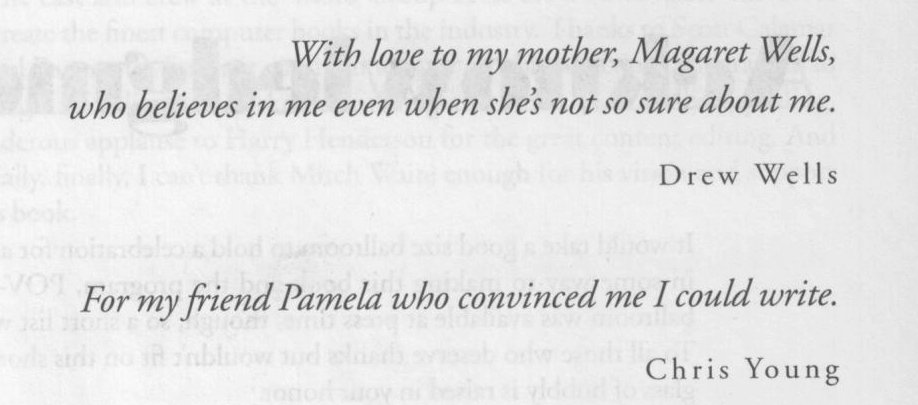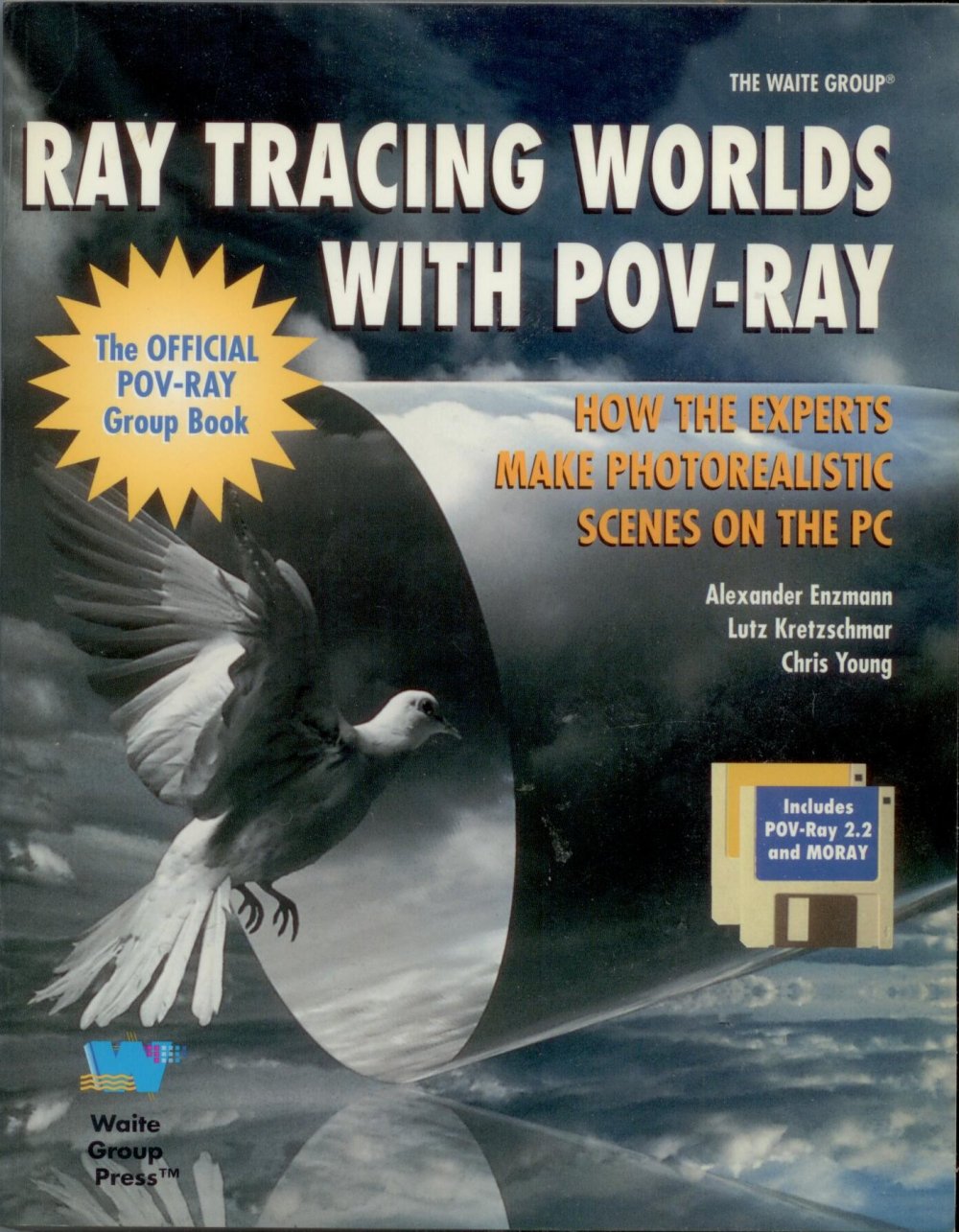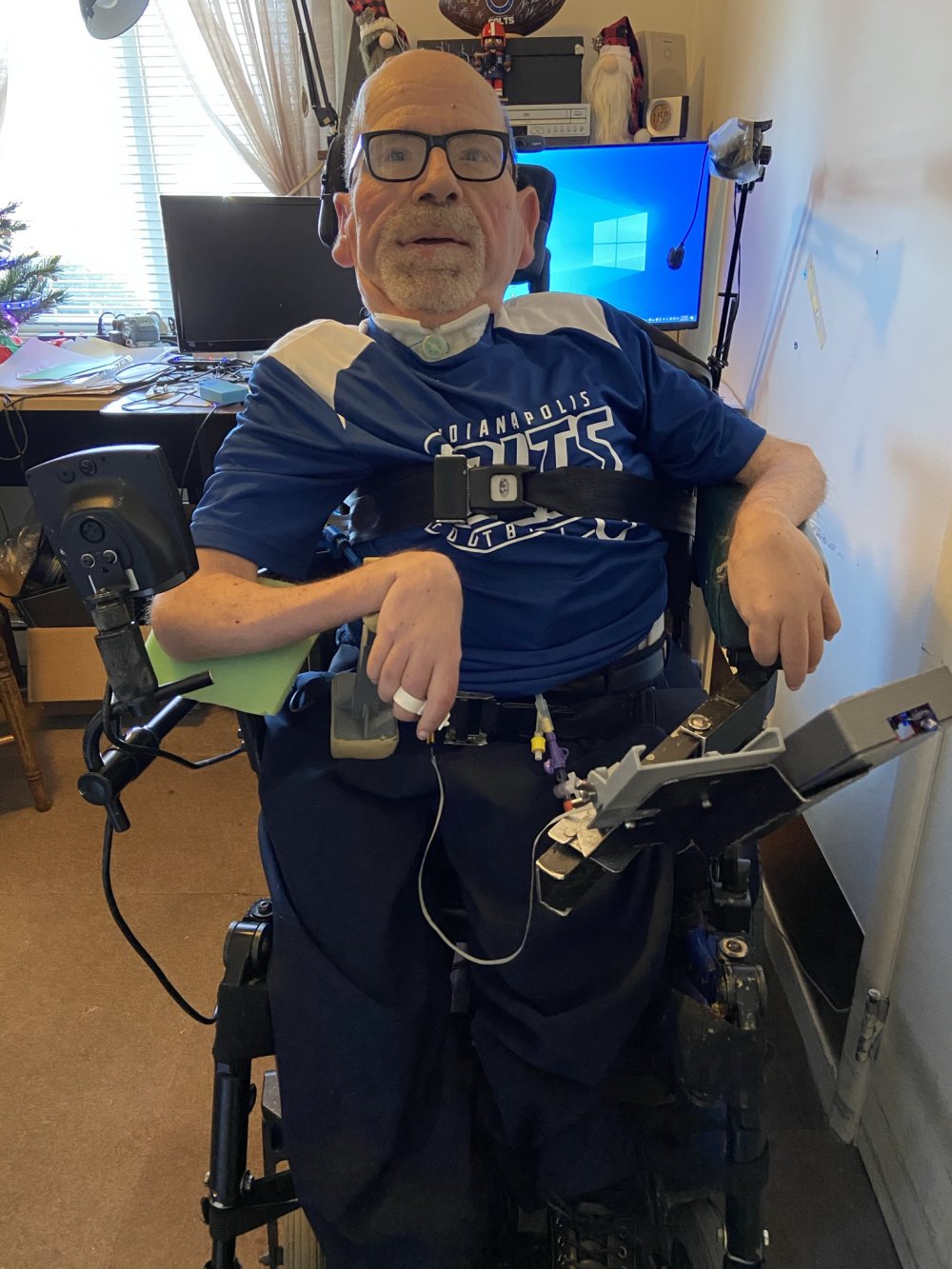A little over a year ago I decided to try my hand at writing fiction specifically sci-fi. If I’m going to write a story that sells then I need to know what is selling. After a long hiatus of reading sci-fi, I re-started subscriptions to the “Big Three” sci-fi magazines: Analog Science Fiction and Fact, Asimov’s Science Fiction, and Fantasy & Science Fiction. I also occasionally read online publications Clarkesworld and Daily Science Fiction.
Most of the content is quite entertaining, well written, and I would consider it worth the time to read.. Unfortunately, not all of it fits very well into my own personal definition of science fiction or speculative fiction or fantasy.
We publish science fiction stories in which some aspect of future science or technology is so integral to the plot that, if that aspect were removed, the story would collapse. Try to picture Mary Shelley‘s Frankenstein without the science and you’ll see what I mean. No story!
I suppose to be fair, that definition is somewhat limited to what most people would call “hard science fiction” and I admit that is my favorite sub-genre.
Asimov’s takes a somewhat broader view in their guidelines which say in part…
In general, we’re looking for “character oriented” stories, those in which the characters, rather than the science, provide the main focus for the reader’s interest. Serious, thoughtful, yet accessible fiction will constitute the majority of our purchases, but there’s always room for the humorous as well. SF dominates the fiction published in the magazine, but we also publish borderline fantasy, slipstream, and surreal fiction. No sword & Sorcery, please. Neither are we interested in explicit sex or violence. A good overview would be to consider that all fiction is written to examine or illuminate some aspect of human existence, but that in science fiction the backdrop you work against is the size of the Universe.
Although they are emphasizing character over science, I think it’s fair to say they are seeing the science aspect as something essential to the genre.
F&SF, as its name implies, embraces broader material. You won’t find any fantasy or supernatural content in Analog. F&SF’s guidelines say…
Fantasy & Science Fiction has no formula for fiction, but we like to be surprised by stories, either by the character insights, ideas, plots, or prose. The speculative element may be slight, but it should be present. We prefer character-oriented stories, whether it’s fantasy, science fiction, horror, humor, or another genre.
That’s an extremely loose definition which I suppose explains why this is my least favorite of the three although I do enjoy it a great deal. I’ve been known to skip over some of the pure fantasy stories that didn’t catch my interest but I read most of it. One of my complaints below is about a story from F&SF and I suppose that story does fit their definition but that doesn’t mean it’s my cup of tea.
Editors are free to publish whatever kind of stories they want. My award-winning autobiographical article “The Reunion” published in the September 1987 issue of Indianapolis Monthly Magazine was nearly rejected because it was written in first person and didn’t really fit the usual format of the magazine. Editor Deborah Paul then decided “I am the editor and just because I’ve never published anything first person before doesn’t mean I can’t start now.” Indianapolis Monthly Magazine readers probably have certain expectations but I doubt they are as specific as those of the readers of genre magazines. When I read a magazine with the words “science fiction” in the title, that’s precisely what I expect to see.
Sadly, on occasion, I’m seeing the stories that I don’t feel really fit that category.
There was a story several months ago and I’m sorry I don’t remember which of the three magazines it was in and I don’t remember the title. It was set on Mars and it was the story of colonists who I believe were farmers operating greenhouse structures to grow crops. There was a mystery involved that implied someone was sabotaging their equipment. It was done in such a way to make it look like neighboring farms were sabotaging each other. Spoiler alert… It wasn’t any of the farms. It was some mining company trying to drive out the farmers so that they could claim the area for its mineral rights.
Except for the added peril of the harsh environment of Mars, there was absolutely nothing about this story that I would consider inherently sci-fi in nature. This exact same story could have been told with few changes if it was set in the farmlands of America. It probably would be more credible in pioneer days but it could possibly be a modern story about disputes between landowners and big corporations that want to exploit a region.
I got the feeling that the sci-fi elements to the story were only there to give the story a market. You’ve got the three print publications that I’ve been talking about in addition to lots of other online markets for genre work. Where would you sell such a story if it didn’t have this added on, nonessential sci-fi element?
If you go back and look at Asimov’s guidelines, They asked for character-oriented stories that just happen to have a science setting. However, this particular story didn’t have especially compelling characters. The only thing that it really had going for it was the mystery of who was sabotaging the operation and why. Again, the only thing that the Mars setting added was a bit of peril provided by the harsh environment.
Let’s take a counterexample of another story set on Mars. I thought it was going to be an ordinary murder mystery that unnecessarily took place on the Red Planet. Appearing in the May/June 2020 issue of F&SF is a short story “The Plus One” by Marie Vibbert. The story opens with a US Marshal stationed on Mars who is the only law enforcement personnel in the area. She is called to the scene of a dead body found in a small survival tent found at the edge of a crater. My initial expectation was that this was an ordinary murder mystery that had absolutely nothing to do with being set on Mars. The main character’s insatiable passion to solve the mystery was enough to keep me interested but it was nothing extraordinary. It appeared to be the kind of story you can see on any one-hour police procedural TV show.
I’m sorry to spoil the mystery but I have to tell you the end of the story in order to make my point.
It turns out that the woman perished from exposure when the heat on her survival tent failed. She had come to Mars as a Plus One with her wife who was employed by a private mining company. She herself, was jobless. When her wife fell ill and died, she had nowhere to go. The stereotypical heartless corporation felt no responsibility towards her. She applied to the US Consulate on Mars for a trip home but another ship would not be leaving for nine months. Because she was “in no imminent danger” they would not provide her with temporary housing for more than one month. Everywhere she turned, she was turned away. People said she should’ve sought temporary employment with some company but according to the narrator, that would involve walking long distances across the planet with nothing but your environment suit and your temporary shelter to support you.
The Marshall filed misdemeanor charges against the company and the consulate for failure to provide emergency aid which was a fundamental law given the harsh environment of Mars. On the other hand, it was a misdemeanor and they would’ve had to pay a fine towards the deceased’s burial cost and to their estate and heirs. That’s not the kind of punishment one might expect for what was essentially negligent homicide. When the Marshall’s bosses ordered her to withdraw the charges and drop the matter, she refused which resulted in a one-month suspension. This risked putting her and her husband who was a Plus One in the same position as the dead homeless woman. In the end, they banded together with other neighboring colonists to create the first and only homeless shelter on Mars. It would provide temporary housing for anyone who needed it until they could catch a ride back to earth.
This did turn out to be a story that needed the unique setting of Mars. It illustrated that even as we colonize other planets, we are still going to face the same social problems that we face here on earth. We have the unrealistic expectation that new societies established on Mars, the moon, or even interstellar colonies will be a futuristic utopia in which such problems do not exist. It is a cautionary tale that warns us that social justice issues are going to follow us wherever we go. It is an excellent example of what a good sci-fi story can and should do.
A couple of more positive and negative examples from that same issue of F&SF I would like to briefly discuss. “Babylon System” by Maurice Broaddus is a story of a Jamaican man named Lij who is incarcerated under harsh circumstances which dehumanize people and insist that they give up their names and use only their prisoner numbers. There are android guards and at one point our main character reveals that he is some sort of clone or manufactured human who has no bellybutton. However, his clone status nor the robot guards add anything essential to the basic plot or atmosphere of the story.
The indomitable spirit of the main character, his struggle to maintain his humanity in an inhumane system, his desire to reawaken the humanity of those around him who have lost theirs, and the background of his Rastafarian culture all make for a compelling narrative. However, the sci-fi setting adds absolutely nothing to the story that is essential. The introductory paragraphs explain that this is part of a series of stories by the author about that character. Perhaps this character’s broader narrative is more firmly rooted in a sci-fi world butt based on this installment alone, I cannot recommend it as a sci-fi story on that basis alone despite its other merits.
Concerned that my own status as an old white guy and my inability to connect to the experiences of ethnically and culturally diverse characters might have soured me on the story, let me make reference to yet another story from that same issue. “Dontay’s Bones” by Darian Darrell Jerry is a short story set in the impoverished areas of Memphis, Tennessee. A young African-American man struggles to get by in this harsh setting and does all he can to avoid selling his soul to a drug dealer by joining that operation. On the surface, there is nothing at all sci-fi nor fantasy about this particular setting. However, a series of bizarre events unfold that hint that there is something dark and evil going on. Given the title of the magazine, I wasn’t sure whether it was sci-fi or fantasy. Whichever it was, it was deeply rooted in the narrative. While there was some hint that some of the strange occurrences could have been drug-induced, the end of the story reveals that what was occurring was real. I won’t spoil the outcome because I’ve already done too much of that in this blog.
While one could argue that you could tell the same basic story without the fantastic elements, I felt like the genre elements were so intricately woven into the narrative that it works for me as a genre story. And for an old white guy, I can’t honestly say I identify with the characters No matter how liberal or “woke” I consider myself. However, adding the genre elements to the story made it accessible to me even if I have no experience or personal context that would make me connect to an inner-city character so culturally and ethically different from myself.
Well-written sci-fi and fantasy should open our minds to worlds and possibilities that are beyond our experience. “Dontay’s Bones” did that for me. “Babylon System” did not.”
Whatever your definition is of sci-fi or fantasy, I think they should be an expectation that those elements are an essential part of the story. That doesn’t mean that character, plot, atmosphere, narrative, and language are unimportant. But I want my sci-fi to be real sci-fi.
To quote comedian Dennis Miller with his standard sign-off after his rant at the end of his show “That’s just my opinion… I could be wrong.”





